Welcome to another of our Bamboo Pioneers, a series where we shine the light on people who are bamboo giants. This time we talked with Ibu Desy Ekawati, our long-time collaborator.
Desy Ekawati is an Indonesian bamboo activist who works at the Research and Development and Innovation Agency of the Ministry of Environment and Forestry and also a member of the Board of Advisors for the Environmental Bamboo Foundation. Her journey to promote Indonesian bamboo began more than ten years ago when she was engaged in the development of non-timber forest products. At that time, Indonesia held an international seminar that discussed strategies and challenges for the sustainable use of bamboo as a non-timber forest product, and Desy was the chairman of the seminar organizing committee.
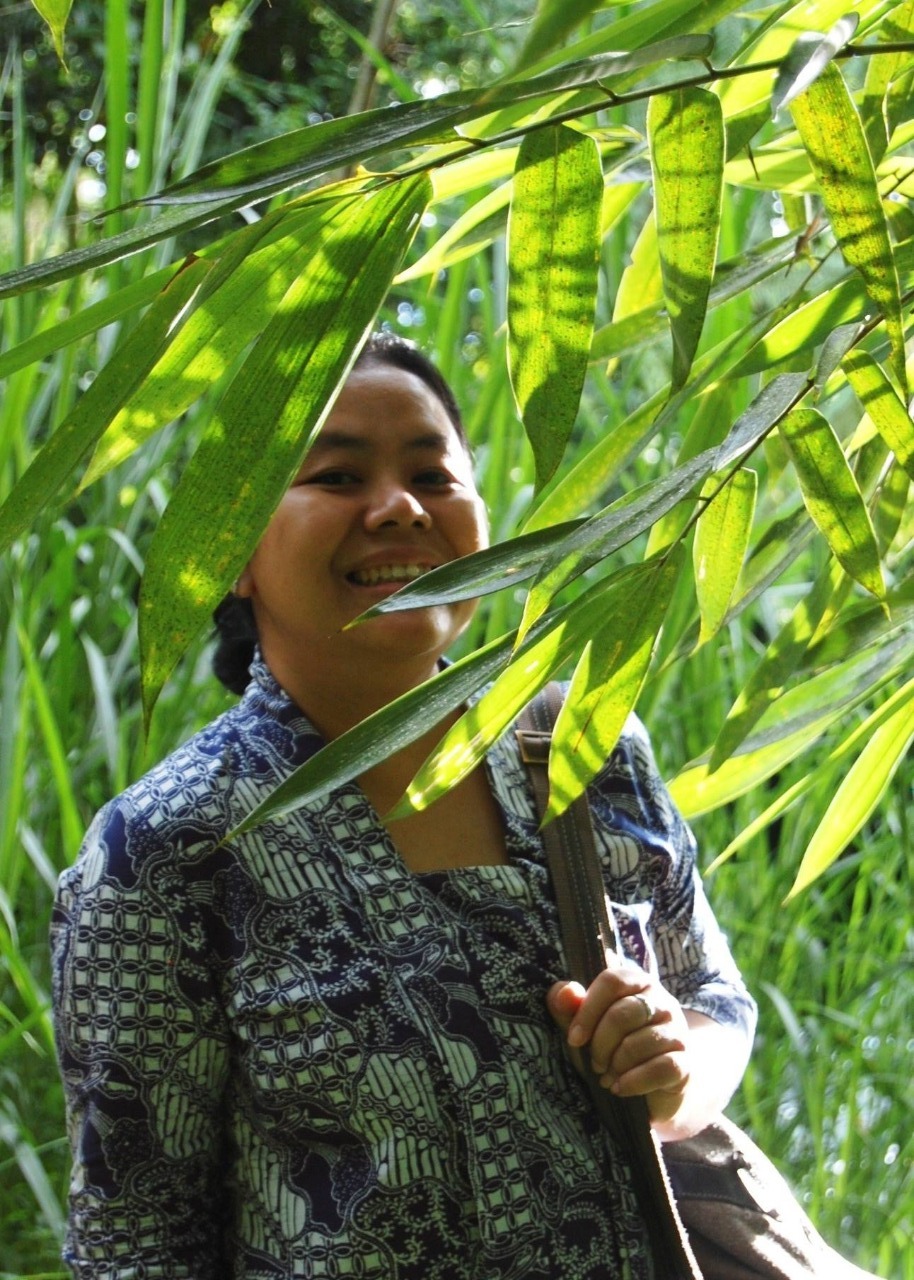
The international seminar opened the eyes of many people, including Desy, to how advanced the use of bamboo is in China and India. Since 2010, China’s flourishing bamboo industry has become one of the pillar sectors in the country’s forestry industry and also a key in the country’s efforts to establish a low-carbon economy.
Indonesia, as the third largest bamboo producer in the world, has tremendous potential. Indonesia is home to more species of bamboo and has a wider land area to grow bamboo. But ironically, most people in Indonesia think bamboo has no value and therefore the potential of bamboo is not widely known.
“Supposedly with this potential, our industry can be more advanced and our people can be prosperous,” said Desy. Indonesia’s bamboo development is indeed a bit behind when compared to China, which 40 years ago started a movement for the welfare of bamboo farmers. “China has only one goal: to build the people’s prosperity with bamboo”, she continued.
“We can actually be more successful with all the potential of bamboo that we have,” said Desy. Moreover, in Indonesia, there have been many bamboo activists, industries, and even village-owned enterprises that sell environmental services from existing well-maintained bamboo forests. Desy referred to the Nusantara Bamboo Community, the Association of Indonesian Bamboo Entrepreneurs (Perpubi), & industry players who use bamboo for incense products from Rajapolah West Java, and the Boonpring climate village in Malang Regency, East Java.
Has Indonesia also started the ‘bamboo for people’ movement?
Indonesia’s extraordinary bamboo potential needs to be managed and directed properly to be able to provide the best benefits for the welfare of the people. Unfortunately, currently, there is no instrument that can be used to integrate various bamboo utilization activities, in the fields of industry, arts and culture, or nature conservation.
“There is a community-based effort that aims to improve the community’s ability to use and manage bamboo sustainably. This movement is called 1000 Bamboo Villages and started in 2015,” explained Desy. The idea of 1000 Bamboo Villages was sparked when she had a discussion with Arief Rabik about the concern about the lack of interest from the community and the government in the sustainable use of bamboo.
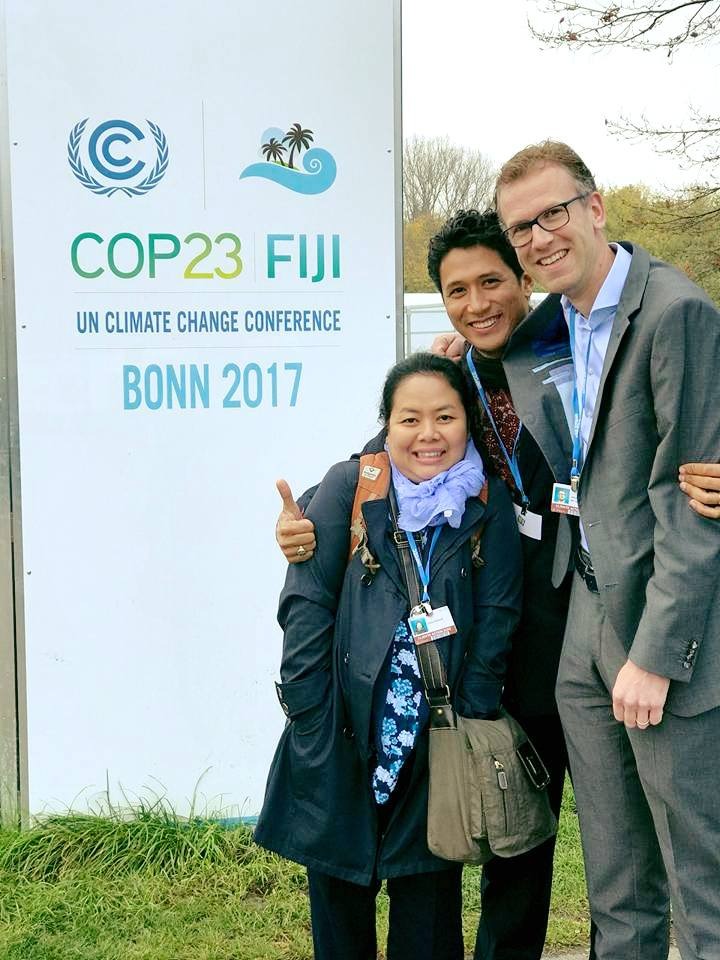
The 1000 Bamboo Villages Program empowers rural farmers in Indonesia to become land restoration champions while driving a village-based bamboo industry. This community-based bamboo utilization program was built with the people-public-private partnership framework which seeks to integrate bamboo utilization activities from the upstream to downstream sectors.
“We want bamboo to become an economic driver starting from the community to the national level through a community-based movement, where bamboo remains a commodity that belongs to the community and not an industry controlled by the private sector,” added Desy.
After 1000 Bamboo Villages, what’s next?
The 1000 Bamboo Villages program is currently being carried out by the Environmental Bamboo Foundation with its extensive network in several pilot villages in Indonesia. The Environmental Bamboo Foundation has established a ten-year roadmap of 1000 Bamboo Villages to drive village-level bamboo agroforestry and push the restoration economy.
Like in China, we need political will and policy will. Political and policy support are the two things we need to support 1000 Bamboo Villages to run well as expected. “The visit of the President of the Republic of Indonesia, Bapak Joko Widodo, to the Turetogo Bamboo Campus in Ngada, East Nusa Tenggara shows a clear political will and emphasizes the attention from the highest leader in our country,” said Desy.
The political support shown by President Joko Widodo has opened the door to promote the replication of 1000 Bamboo Villages throughout Indonesia. Furthermore, we need policy will to ensure the movement is well integrated to achieve common goals.
The availability of regulations to support cross-sectoral bamboo development is very crucial. In addition to complementing the sectoral regulations that are currently available, these regulations will serve as directions for the implementation of the Indonesia Bamboo National Strategy and also regulate the roles of cross-sectoral stakeholders.
“This is a reminder for us, the bureaucrats, non-governmental organizations, and bamboo activists to accelerate the development of a national strategy for the sustainable utilization of bamboo as a manifestation of Indonesia’s policy will.”
What’s the Indonesian Bamboo National Strategy like?
The Indonesian government recognizes the great potential of bamboo and is developing a national strategy for the smallholder bamboo industry. This document will serve as a common reference across sectors and stakeholders in the development of integrated upstream-middle-downstream bamboo in Indonesia.
The Ministry of Environment and Forestry’s Research Development and Innovation Agency initiated the drafting of this bamboo strategic plan. A study team has been formed to examine the integrated development of bamboo covering economic, social, cultural, ecological, environmental, policy and regulatory aspects. Composed of researchers and policy analysts with various fields of expertise, the Team produced a draft of Stranas Bambu in early April 2021.
The draft of Indonesia’s Bamboo Development National Strategy focuses on how to integrate upstream, middle and downstream sectors, while still based on the community that has become part of the management and utilization of bamboo.
Indonesia’s Bamboo Development National Strategy will cover the management and utilization of the upstream sector, such as community-based bamboo planting using social forestry schemes. While in the middle and downstream sectors, the document will include efforts to create markets, and build a business model that connects farmers and companies as off-takers to enable People-Public-Private Partnerships implementation.
Big dreams for Indonesian bamboo
“Currently, there are very few references about Indonesian bamboo and I would love to see there is more research on bamboo to be the basis for policy formulation for sustainable bamboo use in Indonesia,” said Desy. She firmly believes that bamboo can provide real benefits to the community.
“Bamboo is a very promising commodity, for both industry and conservation. If bamboo can be used sustainably by the community, then bamboo will be the future of Indonesia”.
As one of the champions currently overseeing the preparation of the Indonesian Bamboo Development National Strategy, Desy Ekawati realizes that an orchestra for the future of bamboo is being assembled. Activists, industry players, and bamboo enthusiasts are longing for an orchestra that harmonizes various efforts for the sustainable utilization of bamboo, the welfare of the people, and the future of Indonesia.
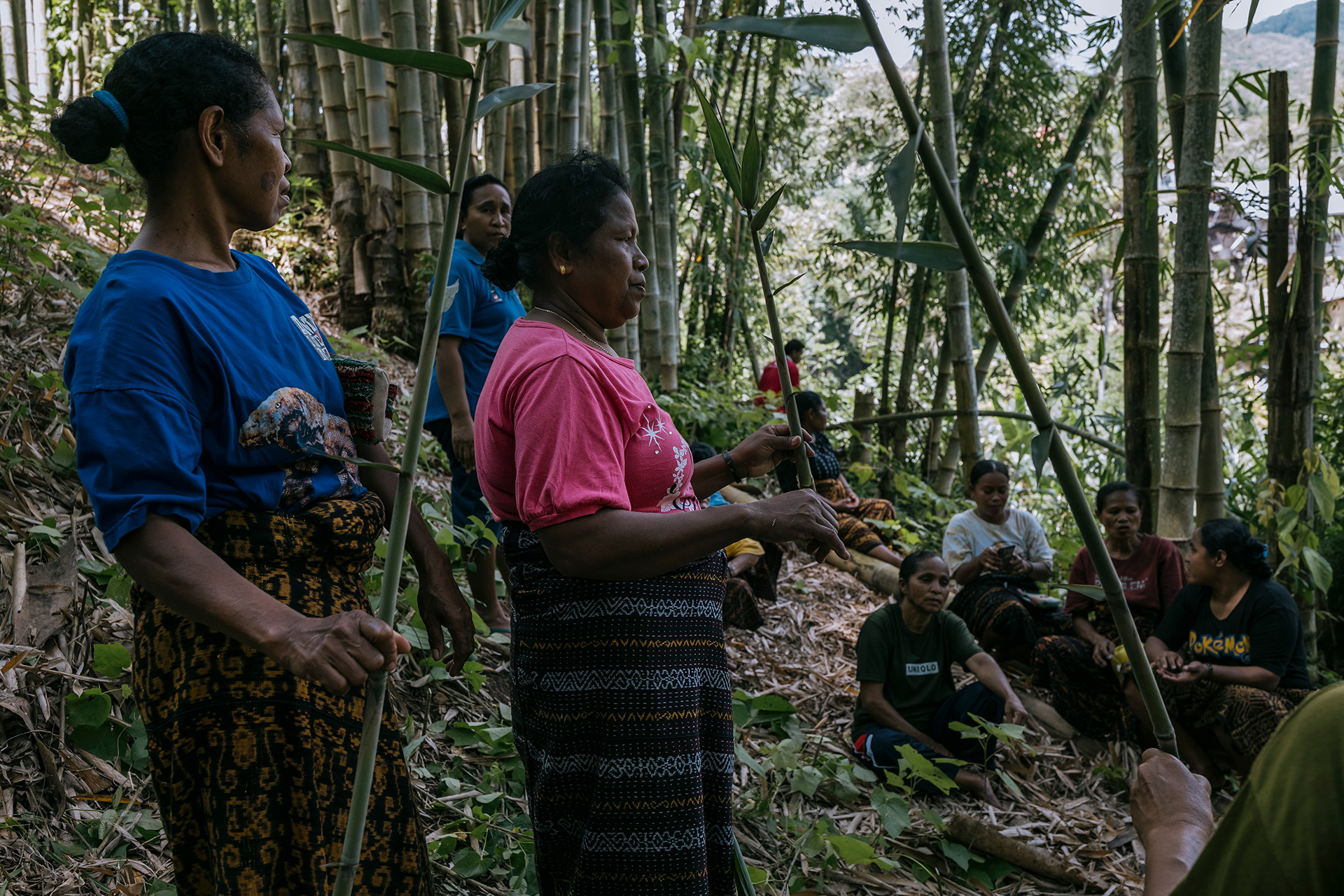
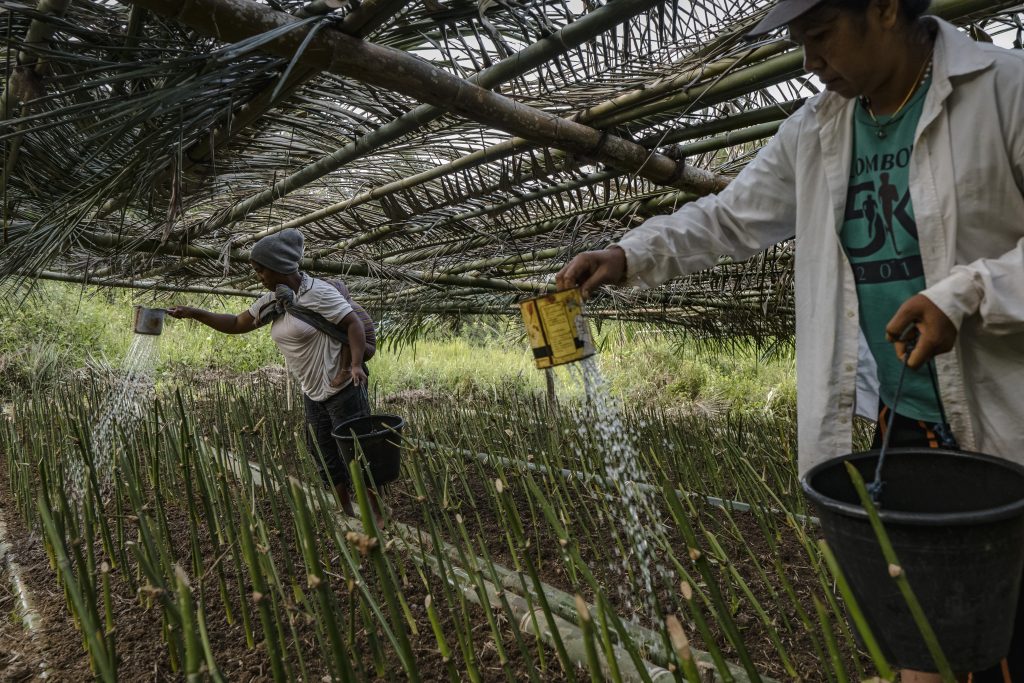
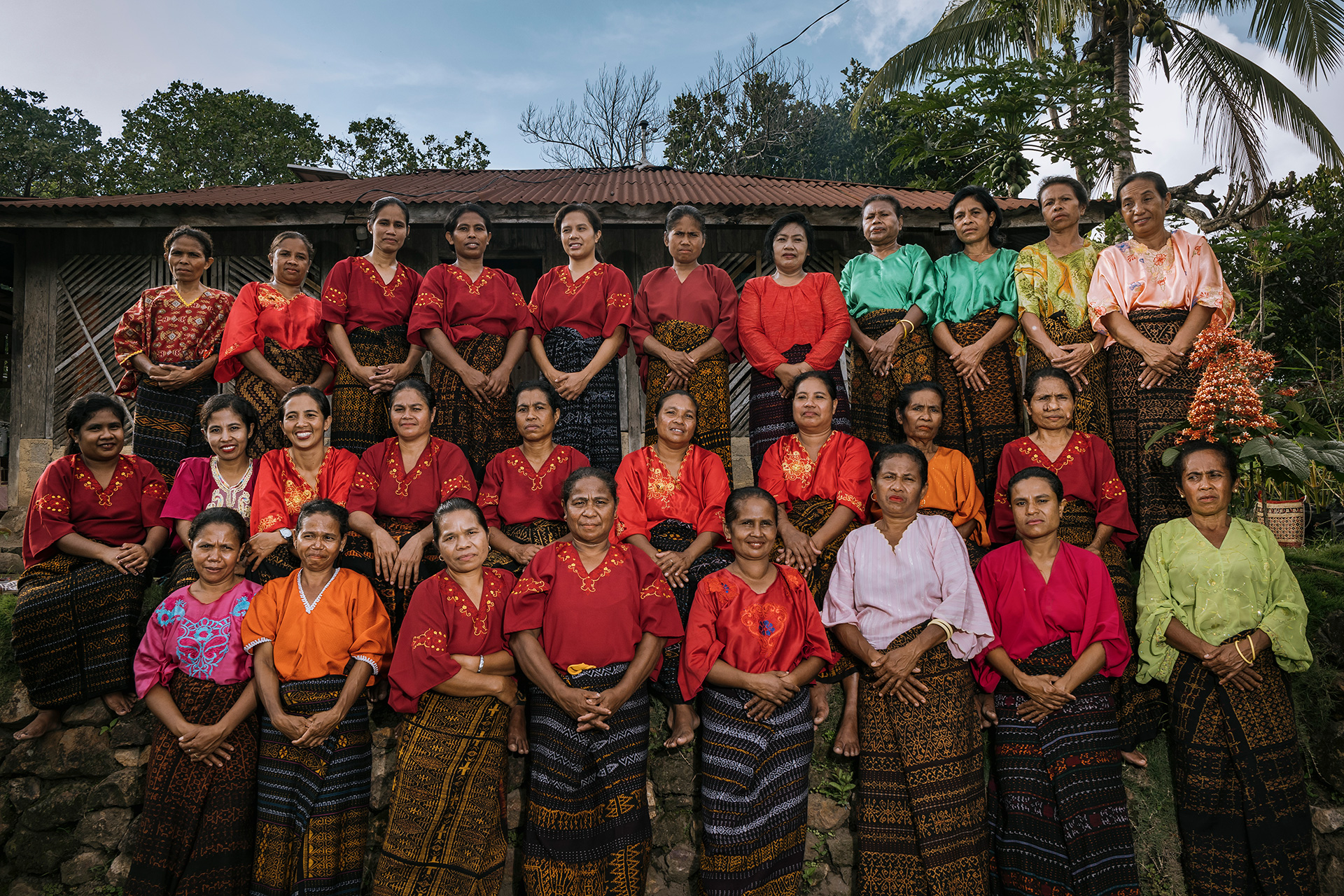
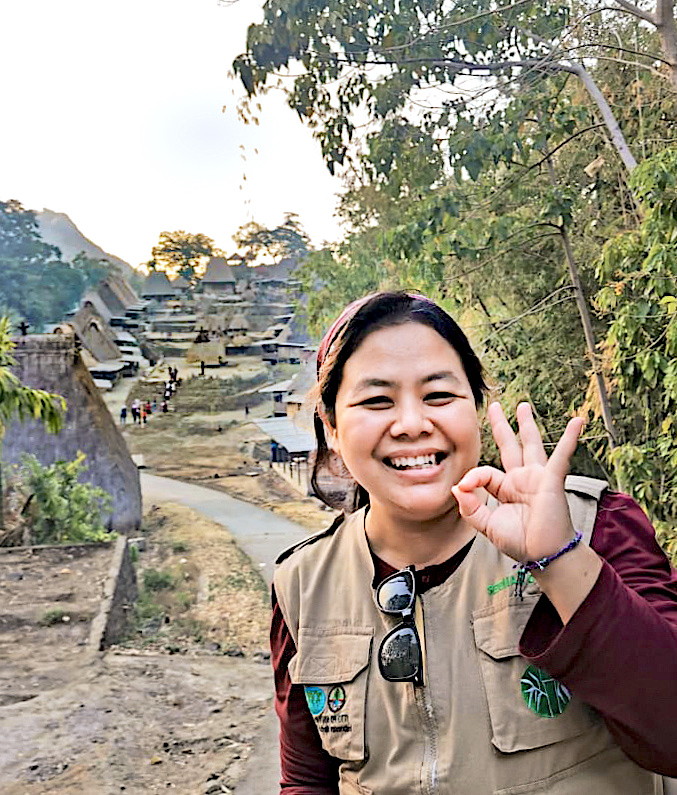


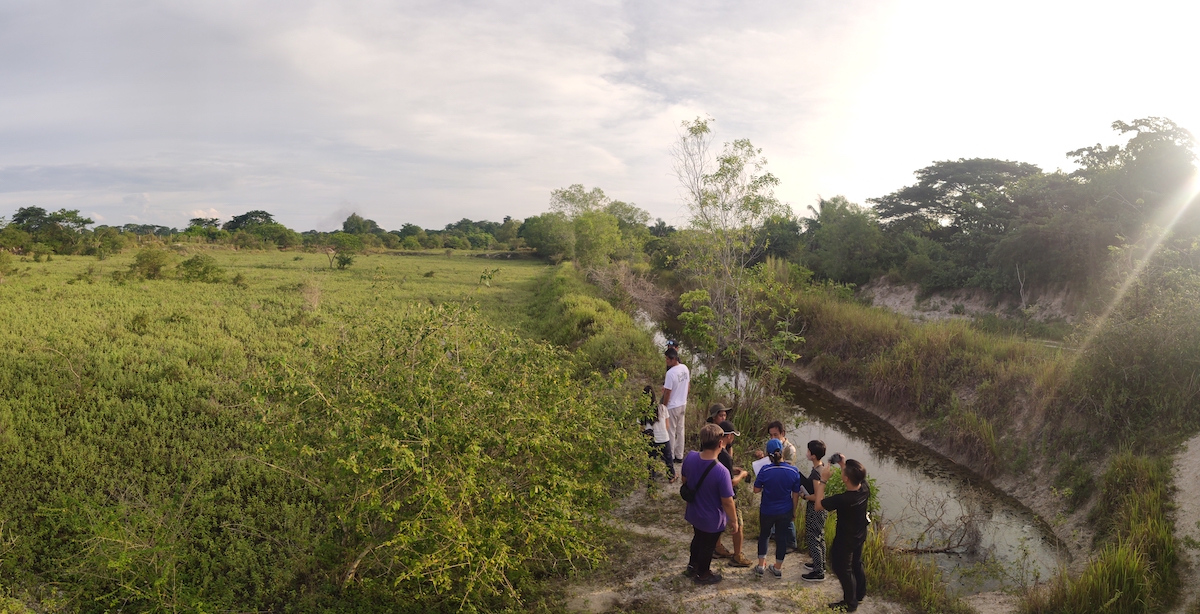
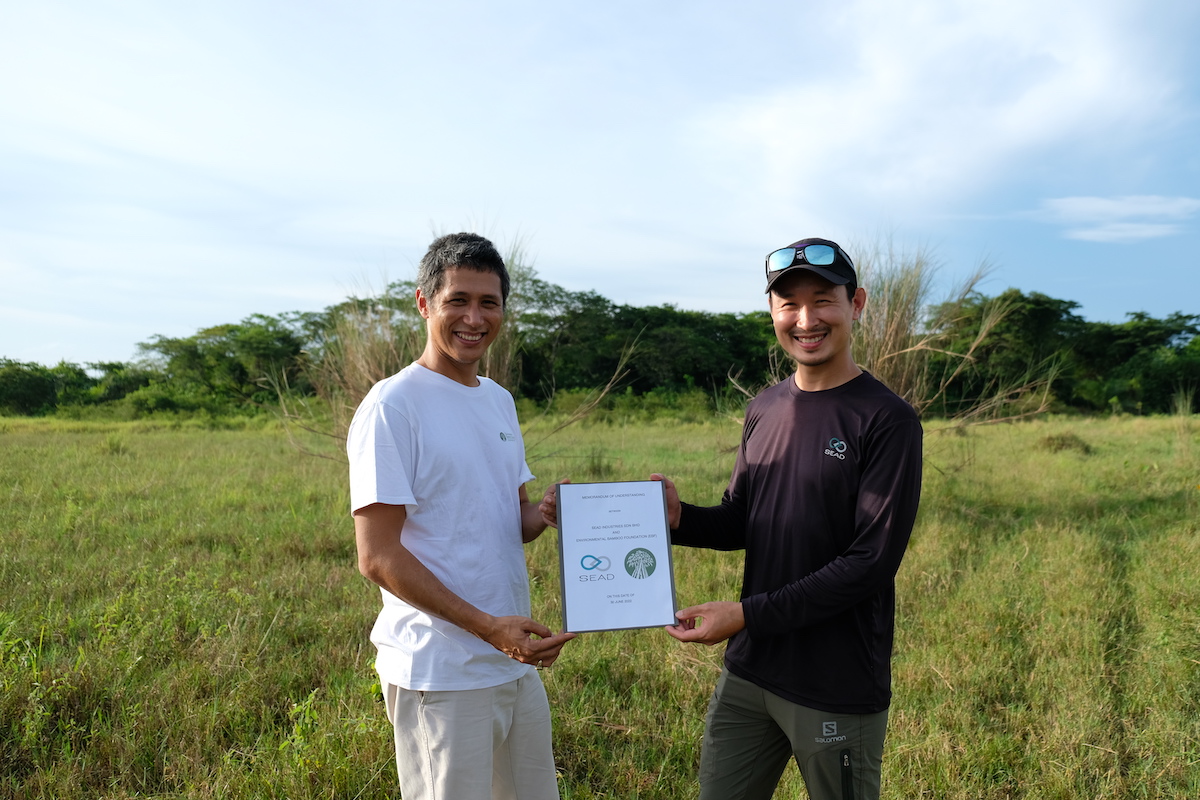
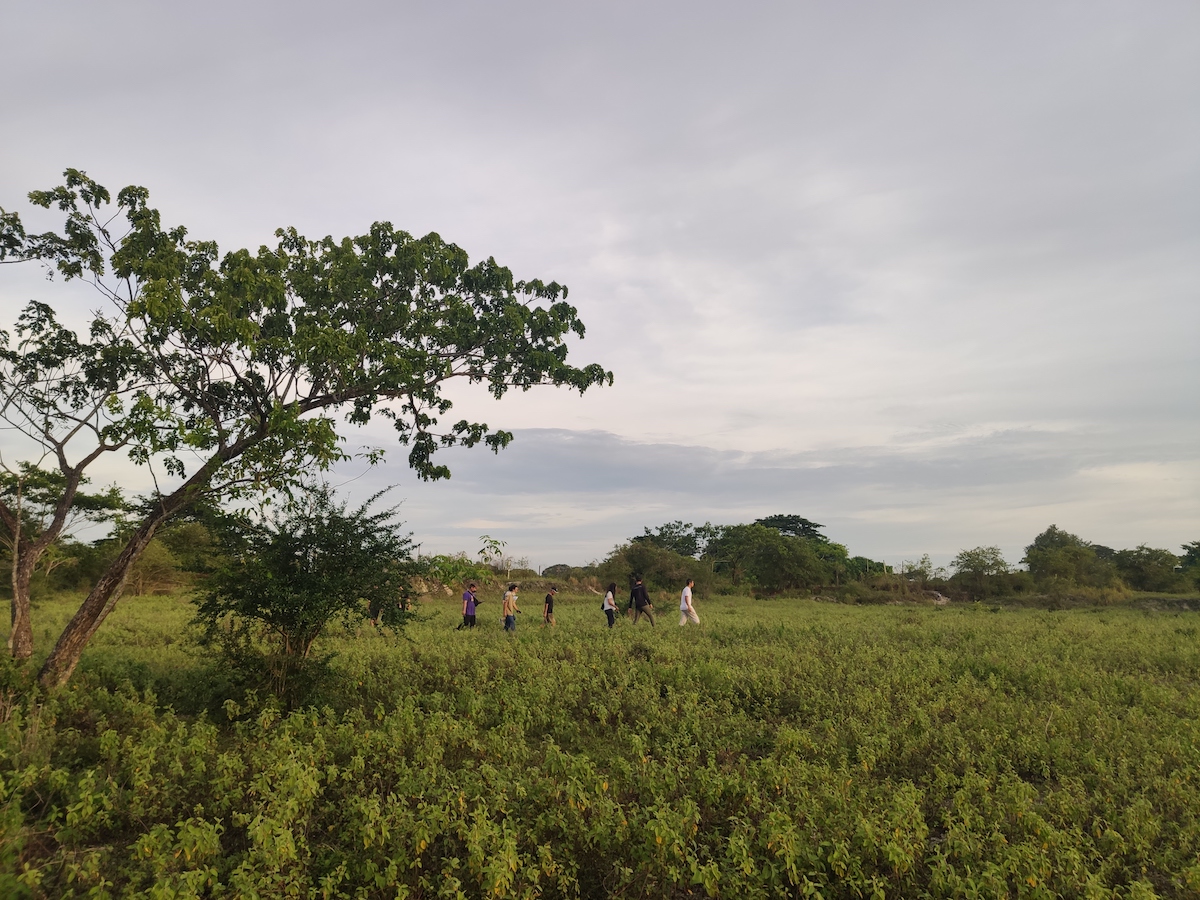
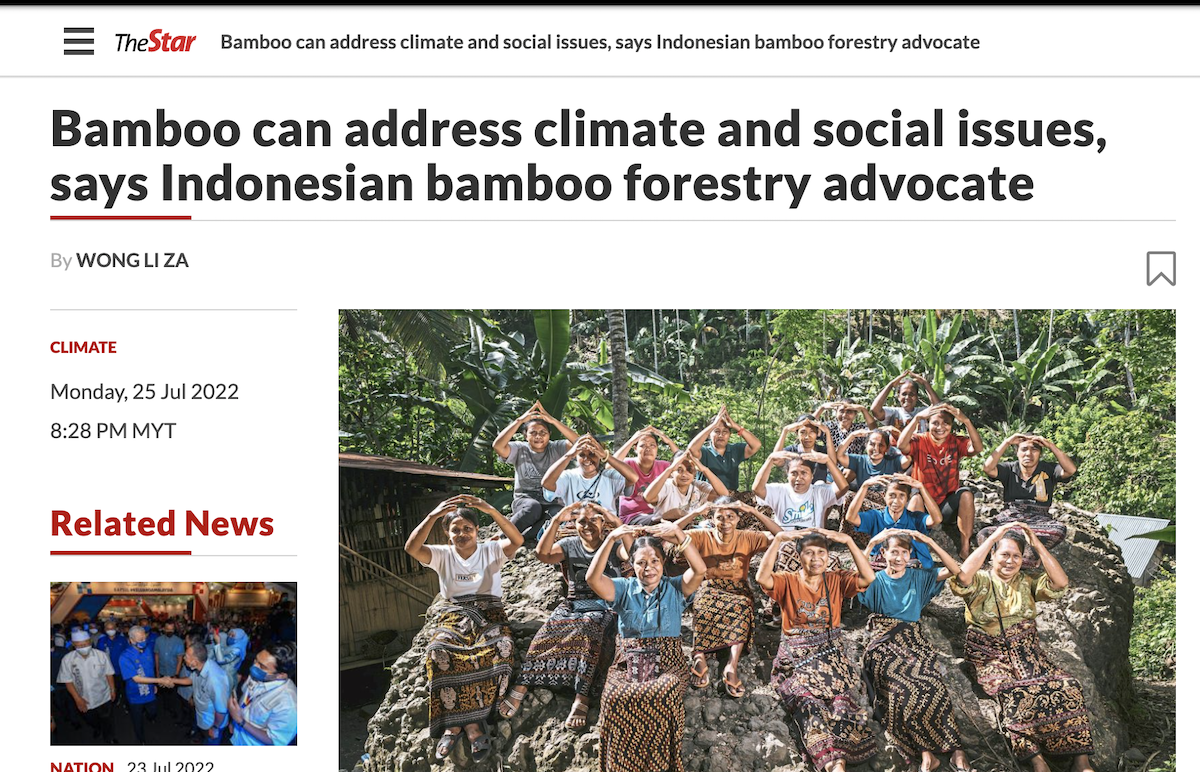
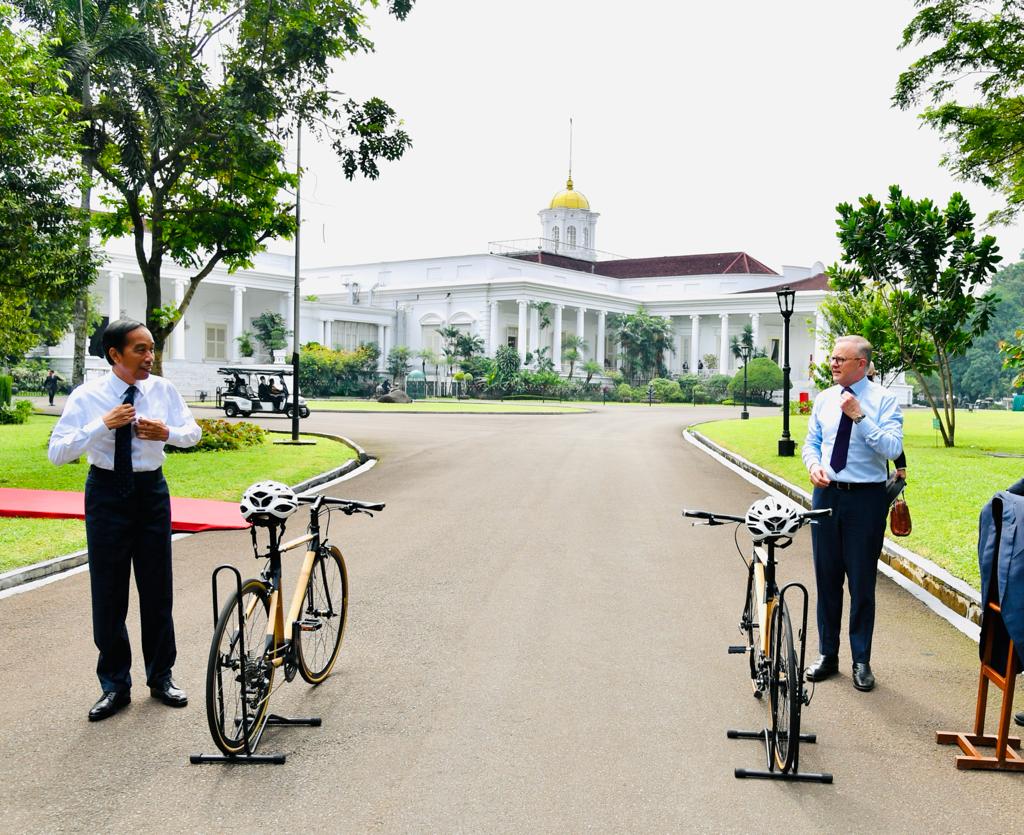
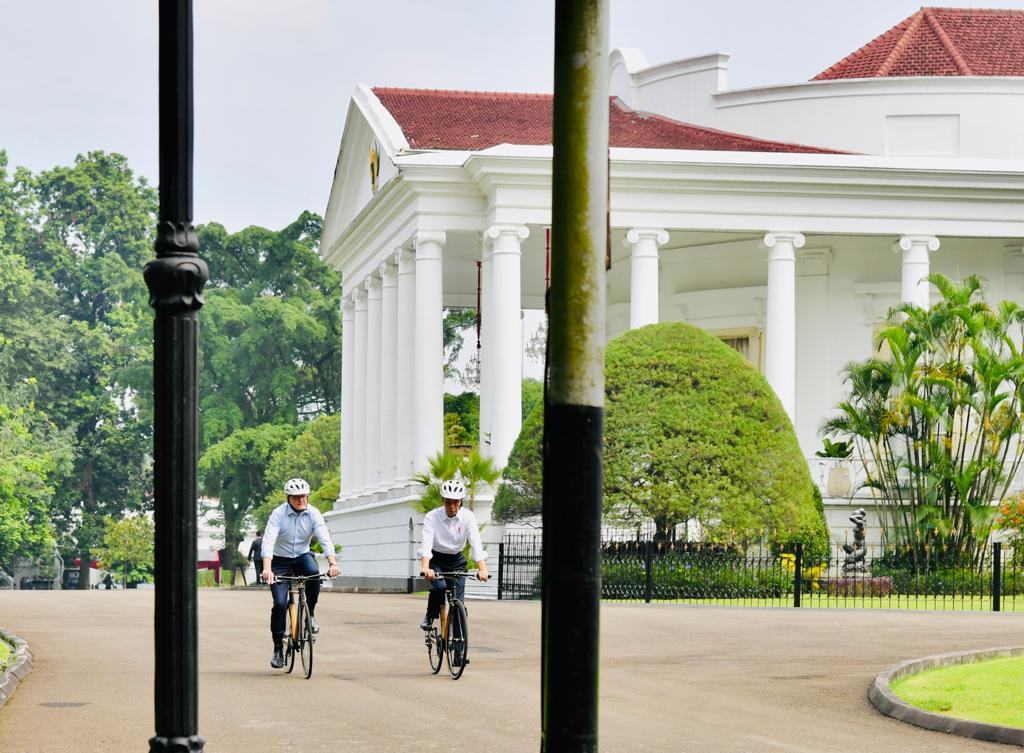
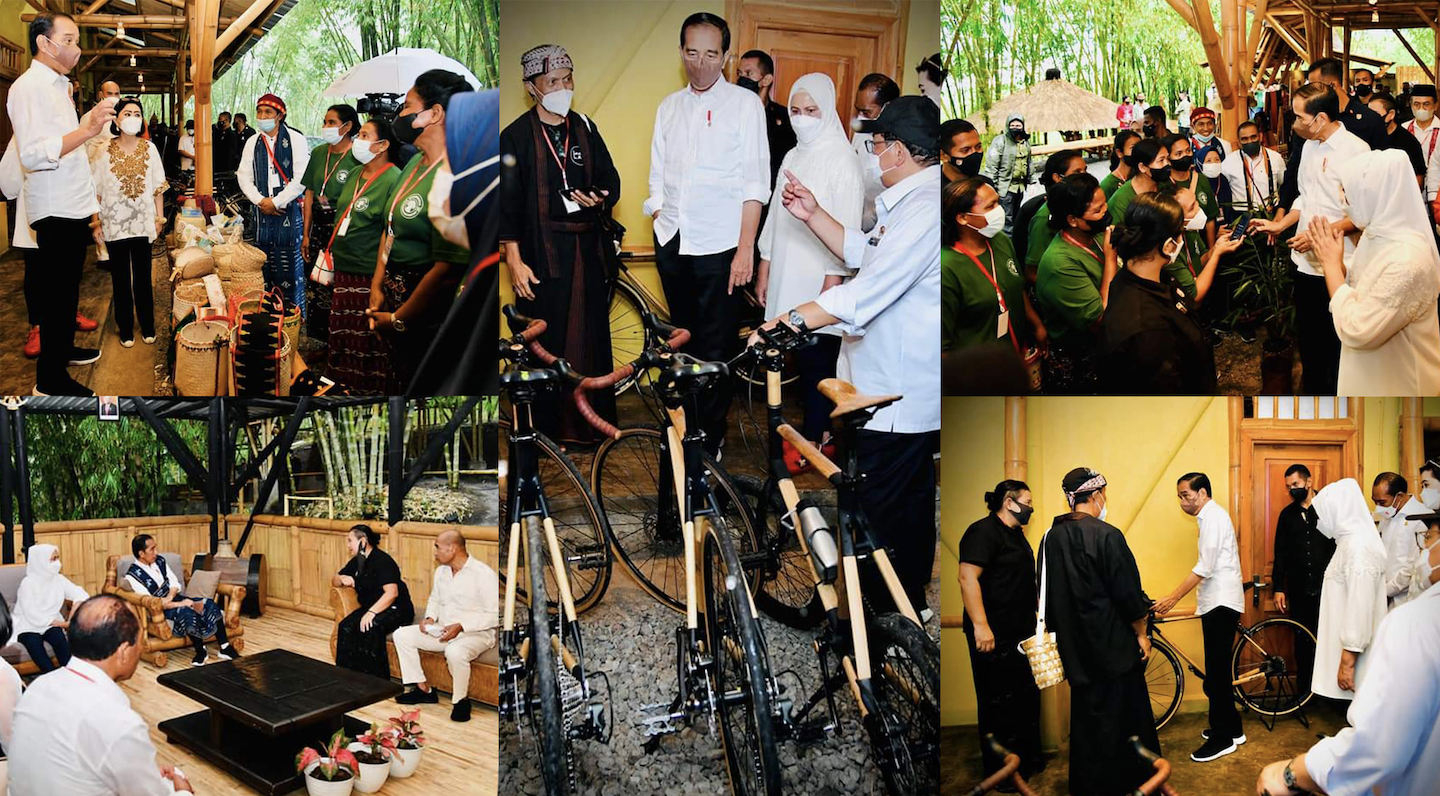
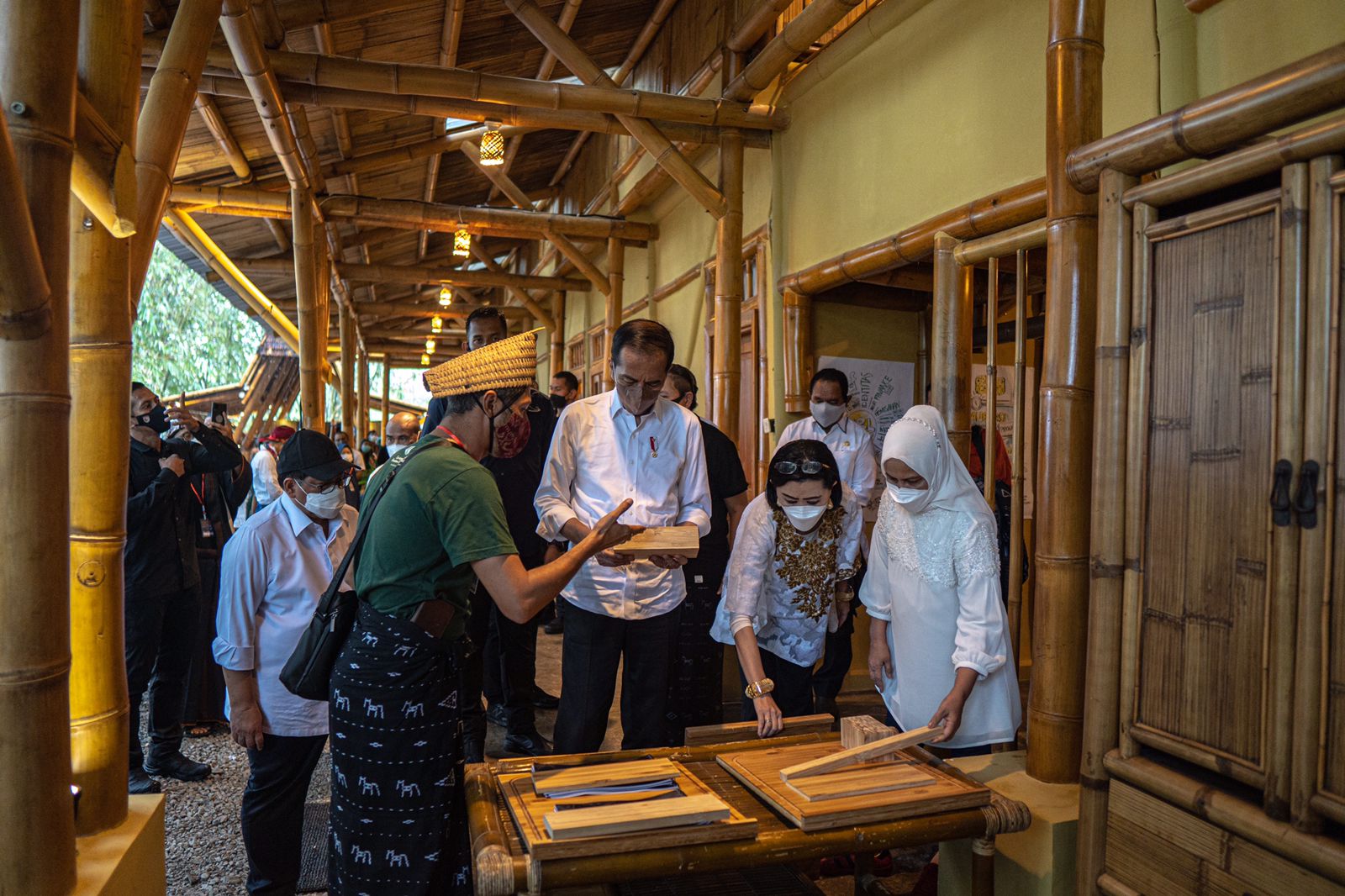
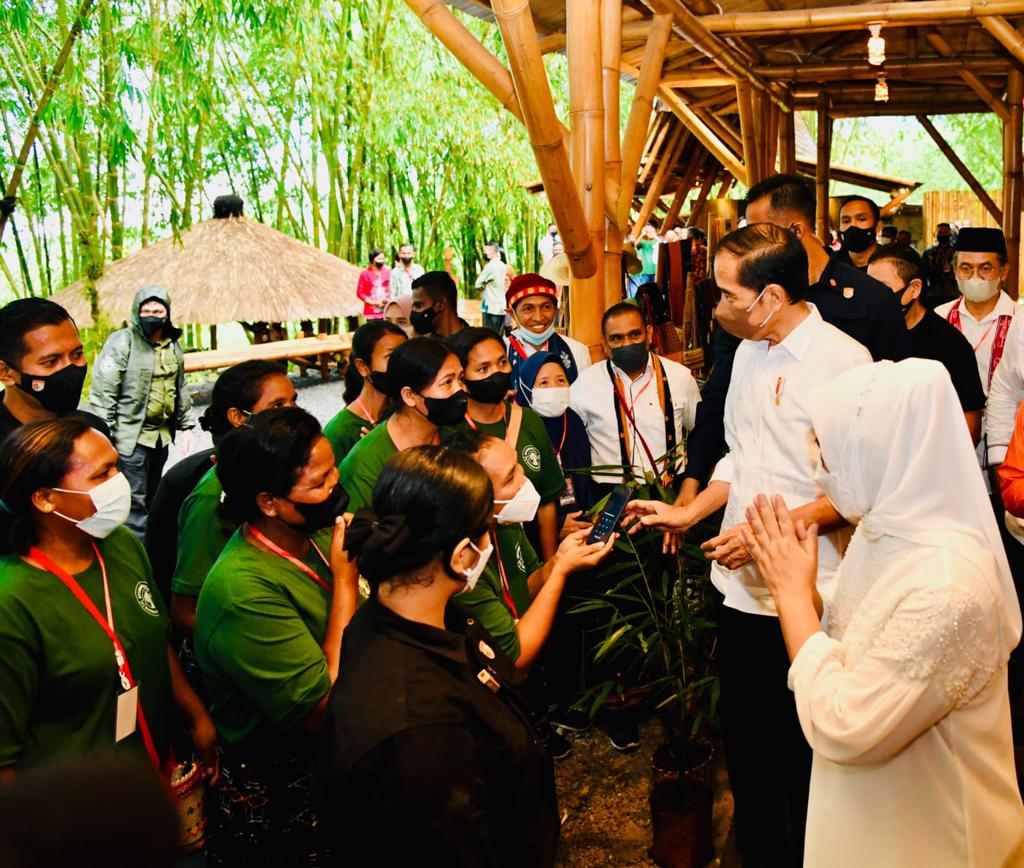
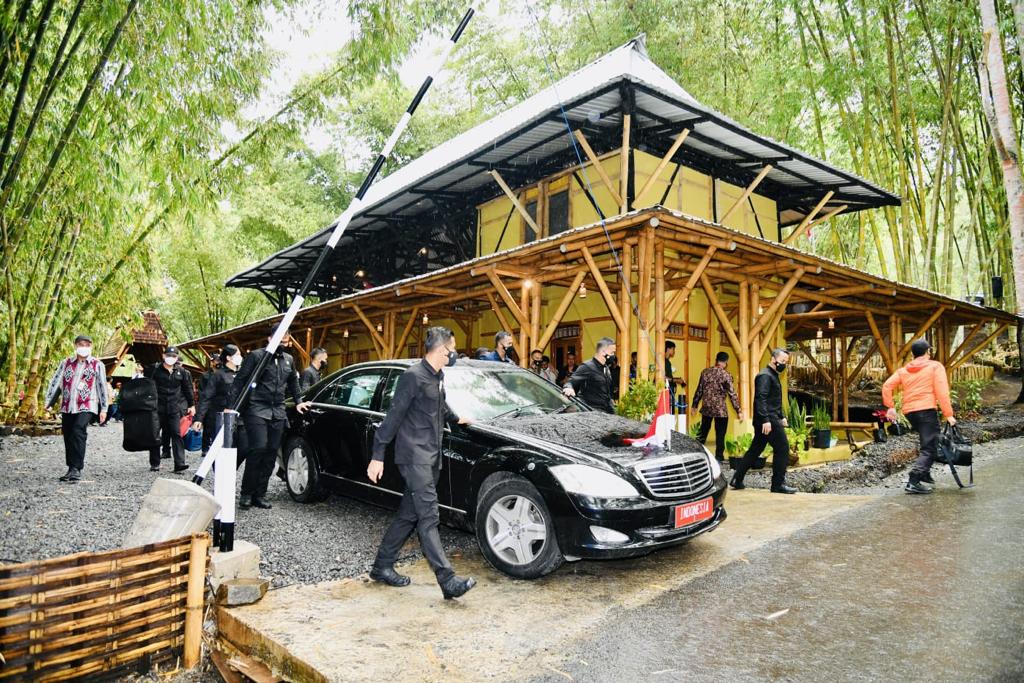
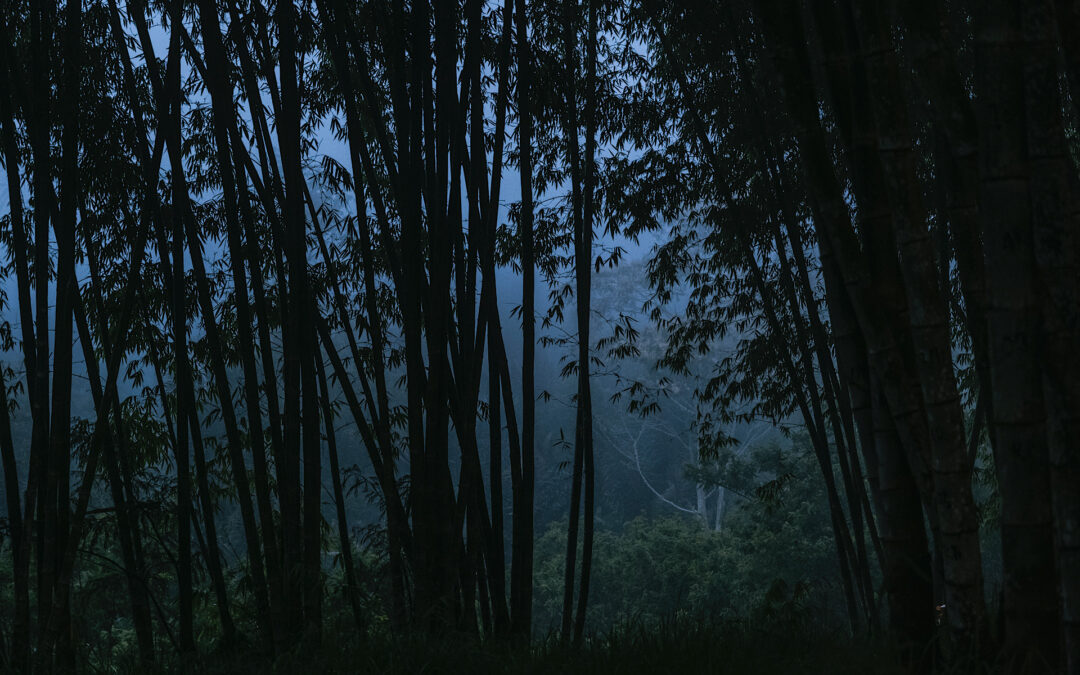
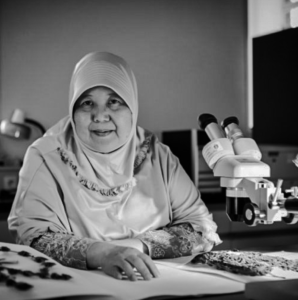
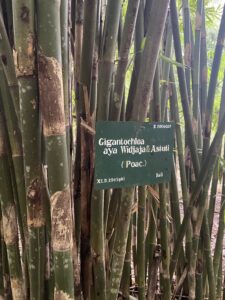
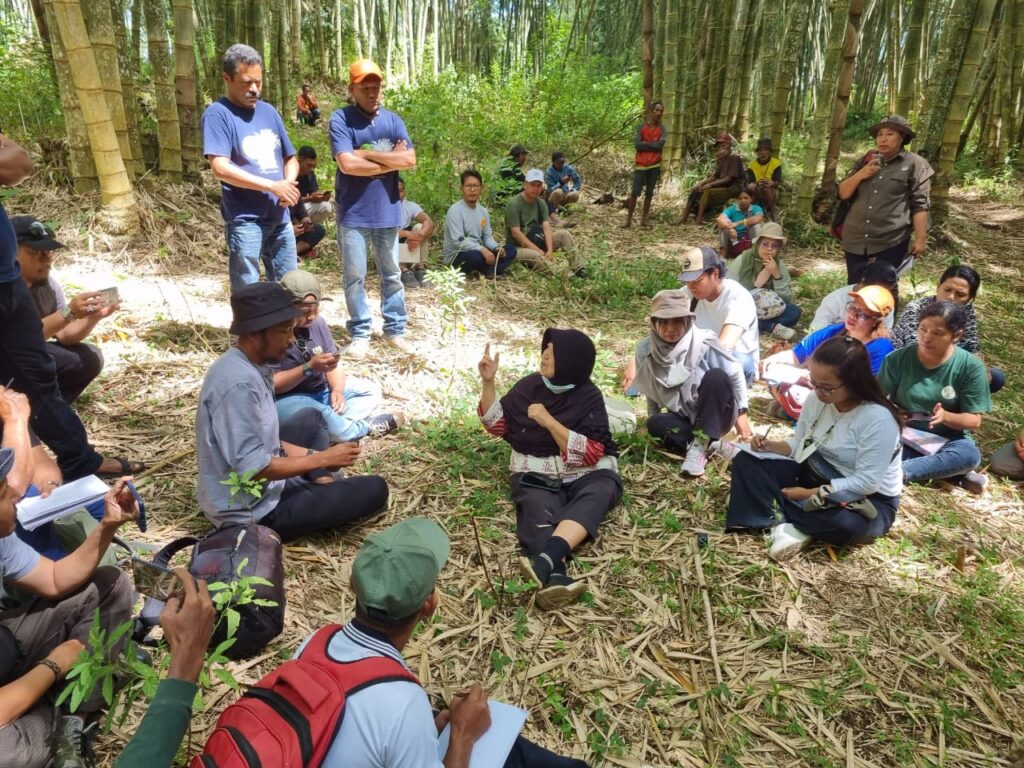
Recent Comments